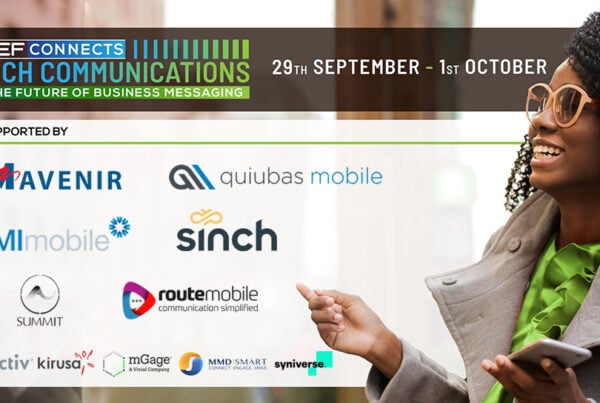Customizable ringback tones for mobile devices have long been available to consumers to personalize their calling experience. Today, RealNetworks is focused on re-inventing the ways people personalize their devices, with a particular emphasis on the ringback tone.
Ken Murphy, EMEA Vice President of RealNetworks’ Mobile Entertainment division, is a 20-year veteran of the mobile industry with expertise in telecoms, hardware manufacturing and mobile entertainment services in both developed and developing markets. Here are his top 10 reasons why you should be paying closer attention to the ringback tone industry.
1) The ringback tone global market size is huge.
There are about 150-200 million ringback tone subscribers in the world, and the industry is valued at about $4 billion and growing (based on 2011 survey). Many in the industry see ringback tones as an old feature-phone service that didn’t survive the transition to smartphones. Some see it as a business in decline, but we see it as untapped potential.
2) Not everything about telephones has evolved.
Although phones have advanced drastically since Alexander Graham Bell patented the first electric telephone in 1876, the ringback sound (brrng-brrng) is one of the longest-lasting non-materially-changed items in the technology age. The sound was originally added to let the caller know that the person on the other end was receiving the call, and has since become synonymous with a ringing phone – and largely taken for granted.
3) We spend a lot of time waiting for people to answer the phone.
Quick math lesson: there is an average of 12 billion phone calls made per day; in those calls, an average of 10 seconds is spent listening to the brrng-brrng sound. That’s 1.4 million days – just less than four thousand years – of ringback.
 4) The ringback tone isn’t just your favorite song.
4) The ringback tone isn’t just your favorite song.
Ringback tones are more often than not associated with music; however, the sound can be substituted for virtually anything audio, such as a recording of a company’s description or the latest news, the sports scores or a pre-recorded greeting. It’s the same concept as being on hold.
5) Ringback tones are the new Super Bowl ads.
Some companies are buying open inventory with mobile carriers for ringback tone advertising. There’s a “captive audience” who would listen to the ringback tone ads because they want to talk to the person they’re calling. This is the same reason why Super Bowl advertising is so expensive.
6) Customization is key.
With previous iterations of ringback tones, subscribers would sign up for the service and generally pick one track for all contacts. With a service like LISTEN by RealNetworks, subscribers can customize each experience for each of their callers, such as a husband recording a “happy birthday” message to his wife (played specifically on the right day), or a reminder that you’re driving and can’t answer the phone right away.
7) …but just the right amount.
Even with access to an extensive media library, too many options can be overwhelming. Carriers will base their libraries on what’s the most popular and relevant for their subscriber base – user preferences will determine what’s available.
8) And the music labels will continue to be rewarded.
Most mobile subscribers likely wouldn’t want their parents to hear the same ringback tone as their spouse. Music labels have an opportunity to make a profit and pick up free marketing with a service like LISTEN, which allows multiple ringback tone purchases for multiple people or groups.
9) With the right business model, everyone can win big with ringback tones.
The business model for sponsored ringback tones would be beneficial to mobile carriers, advertisers and subscribers. There is significant consumer adoption potential for sponsored ringback tones in developing countries, where advertisers can offer discounts to consumers for agreeing to a certain amount of ringback ads.
10) So, about that potential…
In an ideal situation, wireless subscribers would share advertising revenues with their respective carriers. Based on the number of sponsored ad plays on the subscriber’s device, the advertiser (Coca-Cola, for example) would pay a decided amount back to the carrier. In turn, the carrier would credit the consumer through account credits, extra perks or cash back.
Ken Murphy is EMEA Vice President of RealNetworks’ Mobile Entertainment division.





No Comments